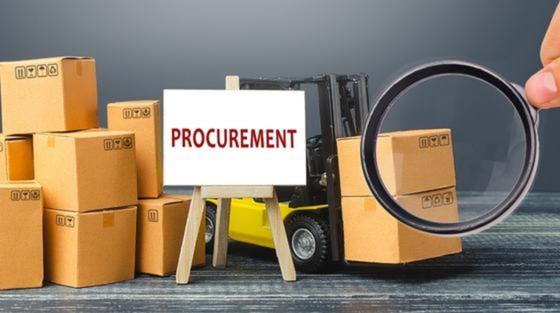
Procurement methods are an important aspect of supply chain management and play a key role in determining the success of an organization’s procurement activities. Procurement methods refer to methods by which an organization or agency can procure goods, services, or work from external suppliers. These methods can be divided into his two main categories, conventional procurement and alternative procurement.
Traditional Procurement Methods:
Traditional procurement methods have been widely used in procurement for many years. Some of the most common traditional procurement methods include:
- SealedBid: This is a common procurement method in which the supplier submits a sealed bid to the procuring authority. The Agency evaluates offers according to specified criteria and awards contracts to providers who submit the most responsive and responsible offers.
- CompetitiveBid: In this process, a procurement entity asks suppliers to submit bids in response to a request for proposal (RFP). The agency then evaluates the proposals according to specified criteria and awards contracts to the providers who submit the best proposals.
- Negotiation:In this procurement method, a negotiation takes place between a procuring entity and one or more suppliers to reach an agreement on the terms of the contract.
These traditional procurement methods are still widely used today, and each method has its own advantages and disadvantages, depending on the specific needs and goals of the organization. Procurement professionals must carefully evaluate the best procurement method for each situation to ensure that procurement objectives are met.
Alternative procurement methods:
Alternative procurement methods are more recent approaches to procurement that offer different ways of securing goods and services. Some alternative procurement methods include:
- Design-build: In this method, a single entity (the design-build contractor) is responsible for both the design and construction of the project. Procurement authorities and contractors work together to define project requirements and negotiate contract terms.
- Construction management at risk: In this method, the procurement agency hires a construction overseer to manage the construction of the project. The construction manager is responsible for working with the procurement agency to develop a Maximum Guaranteed Price for the project and for completing the project within this budget.
- Public Private Partnership (PPP): In a PPP, a procuring entity forms a partnership with a private sector entity to deliver a project or service. Private companies are typically responsible for financing, designing, constructing, and operating a project or service.
These alternative procurement methods provide new and innovative ways for organizations to secure goods and services and can offer a number of benefits, such as increased transparency, reduced procurement costs, and improved supplier relationships. Procurement professionals should evaluate alternative procurement methods and determine which methods are best suited to meet the organization’s specific needs and goals.










